Explore the Best AI Image Gallery

Beyond the Canvas: How IoT in Smart Homes is Shaping the Creative Industry
The integration of the Internet of Things (IoT) into our daily lives has sparked a revolution across numerous industries, and the creative sector is no exception. Smart homes, powered by interconnected devices and intelligent systems, are providing artists, designers, and innovators with unprecedented tools and opportunities to push boundaries and redefine creative expression.
New Dimensions of Artistic Expression
IoT in smart homes offers a multitude of possibilities for artists seeking innovative mediums and interactive experiences:
- Interactive Installations: Imagine artwork that responds to the presence of viewers, changing color, shape, or sound based on their movements or emotions. Smart sensors embedded within installations can capture real-time data and translate it into dynamic artistic displays.
- Personalized Narratives: IoT devices can collect data about a users preferences, habits, and environment to create personalized narratives and immersive storytelling experiences. Artists can weave together sound, light, and interactive elements based on individual user profiles.
- Augmented Reality (AR) Overlays: Smart glasses or mobile devices equipped with AR capabilities can overlay digital content onto the physical world, transforming everyday spaces into canvases for creative exploration. Imagine stepping into your living room and seeing a 3D sculpture materialize in front of you or experiencing an interactive painting that reacts to your touch.
Design Reimagined
The creative landscape extends beyond fine art, and IoT is also influencing design practices:
- Smart Home Design: Connected devices allow for dynamic and personalized home environments. Imagine furniture that adjusts to your posture, lighting systems that adapt to the time of day and your mood, or appliances that learn your cooking habits and suggest recipes.
- Sustainable Design: IoT sensors can monitor energy consumption, water usage, and waste generation within homes, providing valuable data for designers to create more sustainable and eco-friendly living spaces.
Ethical Considerations
As with any powerful technology, the integration of IoT into creative practices raises ethical considerations that require careful attention:
- Data Privacy: Smart homes collect vast amounts of data about users activities and preferences. It is crucial to ensure that this data is handled responsibly, securely, and with explicit user consent.
- Algorithmic Bias: AI algorithms used in creative tools can inherit biases from the data they are trained on, potentially leading to unfair or discriminatory outcomes. It is essential to address algorithmic bias and promote fairness in creative applications of IoT.
- Accessibility:**
Creative tools powered by IoT should be accessible to individuals with diverse abilities and backgrounds. Designers should strive to create inclusive experiences that empower all users.
Future Trends
The intersection of IoT and the creative industry is constantly evolving. Here are some trends shaping the future:
- Immersive Experiences: Expect to see more immersive and interactive creative experiences that blur the lines between physical and digital realms, utilizing technologies like virtual reality (VR) and mixed reality (MR).
- Personalized Creativity: AI-powered tools will increasingly assist users in creating personalized works of art, music, or design based on their individual preferences and inspirations.
- Collaboration at Scale: IoT will facilitate global collaboration among artists and designers, enabling them to work together on projects regardless of location.
The integration of IoT in smart homes is poised to revolutionize the creative industry, empowering artists, designers, and innovators to explore new frontiers of expression and create truly transformative experiences.

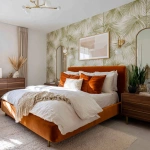
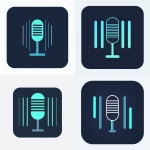



](https://images.ai-img.art/thumbnails/150/985b7bf314caa205e59a2c973e979ce77cf5b24ca39799fffe2e30ea7c79ef07.webp)


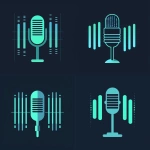


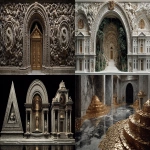
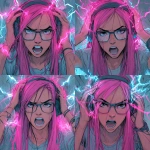


](https://images.ai-img.art/thumbnails/150/b94716d4b88da3e1ec3ab12162616a52ff5698251ac791ddf8478649889a0f47.webp)
](https://images.ai-img.art/thumbnails/150/4c5bdb0a0a1f761a911521333b9e3463c885aa247b42d1d311a97f2aa2c513d2.webp)
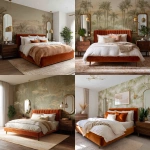
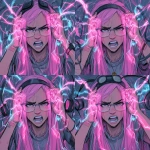



](https://images.ai-img.art/thumbnails/150/469bffae134ea97666025052588e76bb4dd4b6b98c4888cfd7873929a73156ff.webp)


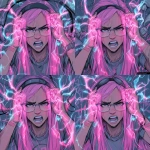

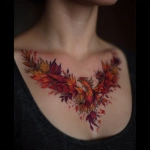
](https://images.ai-img.art/thumbnails/150/fe996254fcb758c1365f3a22783ee6112ed5e34579deb401de674b06938efb2a.webp)




](https://images.ai-img.art/thumbnails/150/4c67c727683a835917441757b71ace563950f9178fa4826e09a55cfb092ac715.webp)





